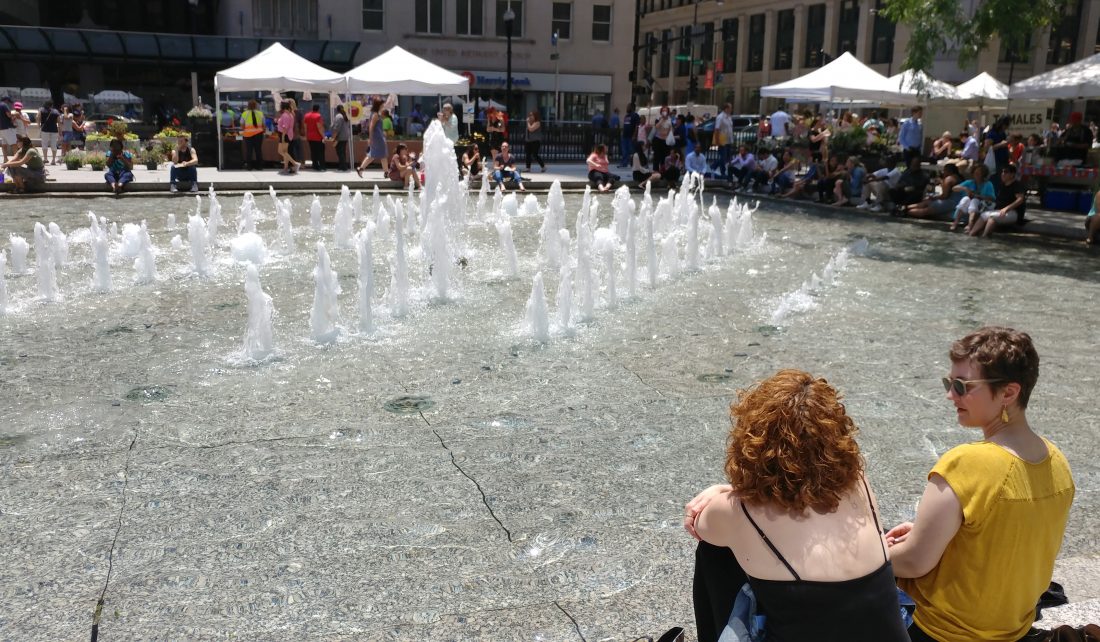
Population growth and industrial development, particularly in Chicago’s collar counties, has led to increasing groundwater withdrawals in the region. In some areas, groundwater is being withdrawn at a rate that exceeds the recharge rate, resulting in decreasing yields, increasing pumping demands, increasing salinity and the search for alternative water sources, all of which increase the cost of providing water to people.
“During the development of the region’s comprehensive plan, ON TO 2050, it became clear that critical water information that communities need to make informed land use, transportation, and infrastructure investment decisions was missing,” said Margaret Schneemann, Illinois-Indiana Sea Grant (IISG) water resource economist.
It was missing until now—IISG and the Chicago Metropolitan Agency for Planning have developed critical water demand and rate data for northeastern Illinois. The two products, available on the CMAP Data Hub, include past water use and demand forecasts and water and sewer rate data for each community utility.
Learn more about these datasets and how communities can use them on the CMAP website.
Illinois-Indiana Sea Grant is a part of University of Illinois Extension and Purdue Extension.
Writer: Irene Miles, 217.333.8055, miles@illinois.edu
Source: CMAP update Immerse Yourself in New Water Data

